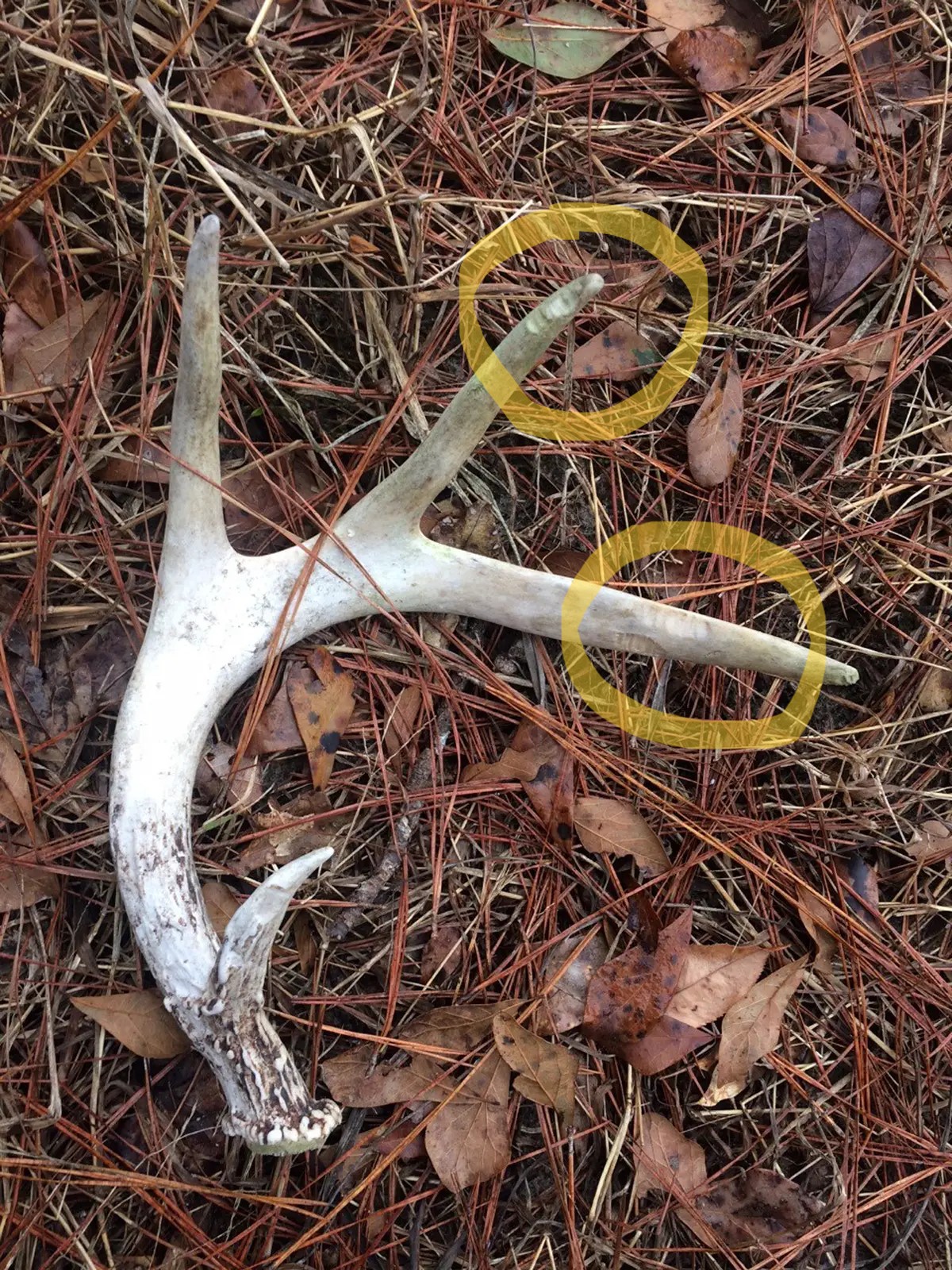Some folks enjoy searching for antlers in the late fall and early winter just after the deer have shed them. It can be hard to spot these antlers, let alone end up with a matching pair from a deer. Have you ever found an antler and realized as you looked at it there were gnaw marks up and down it?

Have you ever found an antler and realized as you looked at it there were gnaw marks up and down it?

What gnawed on that antler?
What would want to gnaw on something that hard? Folks at Lucky Buck asked their readers to turn in pictures of what was gnawing on antlers. Here are the results:

They only counted pictures that showed an animal touching the antlers. This doesn’t mean they were eating them, but their frequency of being there says it is highly likely. Squirrels dominated the gnawing with racoons doing as much as the rest combined. Mice and deer came in next. The deer finding is interesting. I never thought of deer gnawing on antlers or was there a smell they were checking out?
Why do animals gnaw on antlers?
To obtain nutrients their bodies need.
So, what nutrients do these animals get from the antlers? The answer is calcium, phosphorus, and protein for bone development. Calcium makes up 19% of antlers and phosphorus 10%. One study showed that these two elements are especially beneficial for lactating (producing milk for their young) female squirrels. It would make sense that this would be true for females of other animal species that gnaw on antlers. Antlers also contain magnesium, sodium, potassium, barium, iron, aluminum, zinc, strontium, and manganese. Most of these elements are important for the animals in trace amounts.
Secondarily, the gnawing wears down their ever-growing teeth.
Some mammals have teeth that continually grow throughout their life (for example, a rodent’s 4 incisors) or that are replaced as they wear out. This allows them to gnaw, which wears down the teeth and the continued growth keeps them from wearing out. Or in some mammals when they do wear out, they are replaced by new teeth.
Shed antlers serve a purpose: supplying nutrients and trace elements to animals.

Keep that in mind the next time you find a shed antler.





